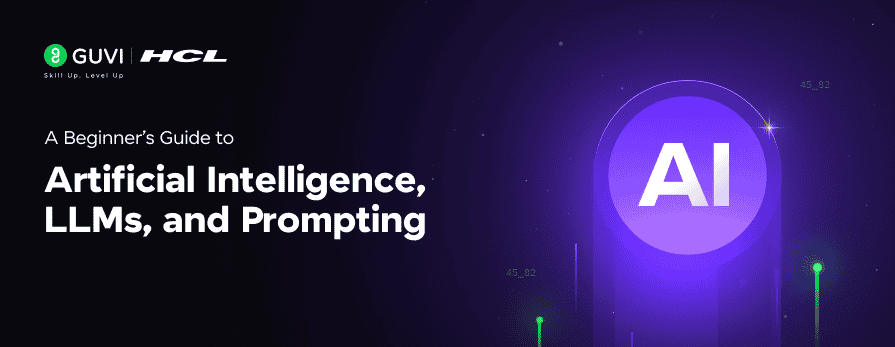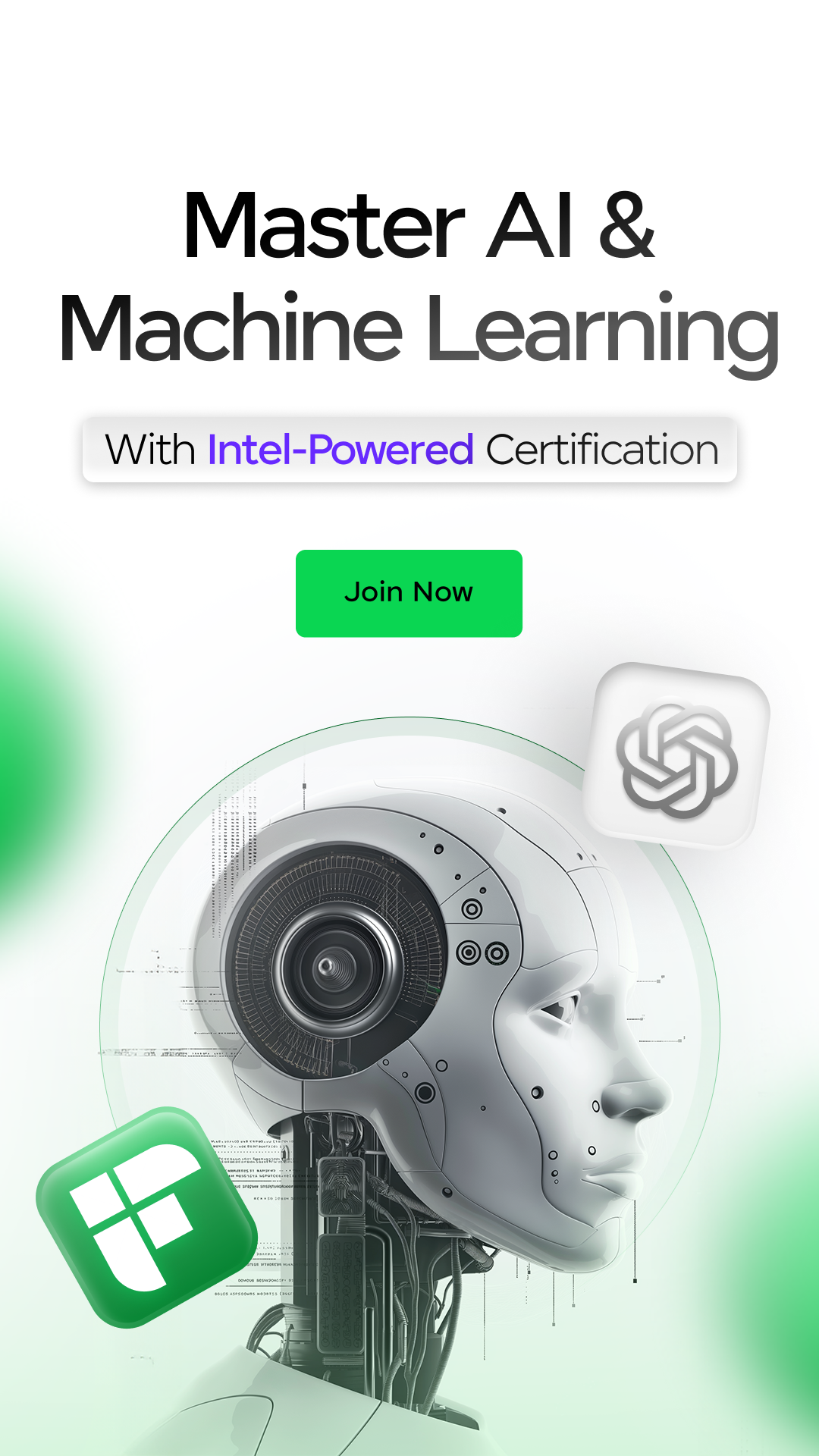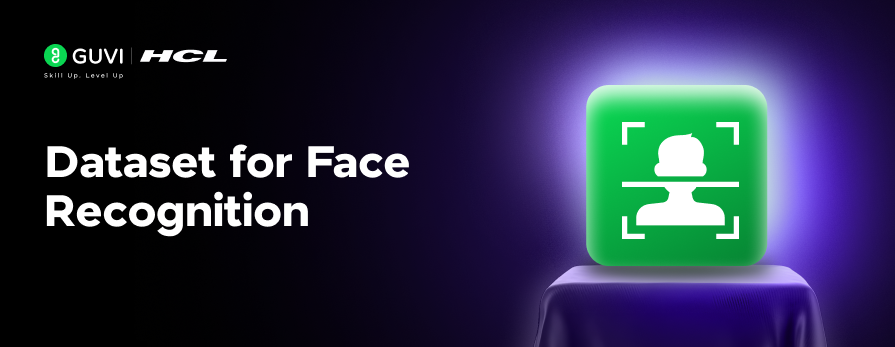
A Beginner’s Guide to Artificial Intelligence, LLMs, and Prompting [2025]
Aug 27, 2025 3 Min Read 1402 Views
(Last Updated)
Artificial Intelligence (AI) is no longer just a futuristic concept—it’s a present-day reality shaping how we communicate, work, and innovate. From virtual assistants and intelligent chatbots to smart coding tools and automated content creation, Artificial Intelligence is transforming every industry.
In this blog, we’ll break down the core ideas behind Artifcial Intelligence, explore how prompting works, and delve into the powerful capabilities of Large Language Models (LLMs) like ChatGPT, Claude, and Gemini—explaining what they are, how they work, and why they matter in today’s digital world.
Table of contents
- What is Artificial Intelligence (AI)?
- What is Prompting in AI?
- Key AI Terminologies
- Understanding Large Language Models (LLMs)
- How LLMs Work:
- Capabilities of Large Language Models (LLMs)
- Answer Questions Like a Chatbot
- Generate Code for Developers and Testers
- Write Emails, Reports, and Documentation
- Handle Multiple Content Types
- Use Cases of LLMs
- Automation Code Generation
- Chat-Based User Support
- Email Drafting
- Educational Tutoring and Guidance
- Knowledge Summarization
- Limitations
- Concluding Thoughts…
What is Artificial Intelligence (AI)?
Artificial Intelligence refers to the simulation of human intelligence in machines. These systems are designed to think, respond, and act like humans. With the rise of AI tools, we now see machines that:
![A Beginner’s Guide to Artificial Intelligence, LLMs, and Prompting [2025] 1 What is Artificial Intelligence AI @2x](https://www.guvi.in/blog/wp-content/uploads/2025/08/What-is-Artificial-Intelligence-AI_@2x-1200x630.png)
- Work like humans.
- Make decisions based on data.
- Understand and respond conversationally.
What is Prompting in AI?
Prompting is the way we communicate with Artificial Intelligence systems.
- It involves giving instructions, questions, or context to AI tools.
- AI responds based on the information or prompt it receives.
- Good prompts result in accurate and helpful responses.
Think of prompting like talking to a highly trained assistant—you give it a task, and it delivers based on what it knows.
Key AI Terminologies
Before diving deeper, let’s define some key terms:
![A Beginner’s Guide to Artificial Intelligence, LLMs, and Prompting [2025] 2 Key AI Terminologies](https://www.guvi.in/blog/wp-content/uploads/2025/08/Key-AI-Terminologies.jpg)
- LLM (Large Language Model): A system trained on massive datasets from the internet, capable of generating human-like text.
- Agent: A tool that works with LLMs to perform real-world actions.
- MCP (Model Context Protocol): A framework that connects AI models to real tools like browsers, APIs, and databases.
Understanding Large Language Models (LLMs)
An LLM is a type of Artificial Intelligence model trained on enormous volumes of text data from sources like websites, books, and forums.
Popular LLMs include:
- ChatGPT
- Google Gemini
- Claude
- DeepSeek
How LLMs Work:
LLMs don’t think or reason like humans. Instead, they:
- Use training data to predict the best response.
- Respond based on patterns they’ve seen before.
Capabilities of Large Language Models (LLMs)
Large Language Models (LLMs) have evolved into versatile digital assistants capable of performing a wide range of cognitive tasks. Below is an in-depth look at what LLMs can do:
![A Beginner’s Guide to Artificial Intelligence, LLMs, and Prompting [2025] 3 Capabilities of LLMs](https://www.guvi.in/blog/wp-content/uploads/2025/08/Capabilities-of-LLMs.jpg)
1. Answer Questions Like a Chatbot
LLMs excel at conversational interactions. They can:
- Respond to factual questions, such as “What is the capital of France?” or “Explain quantum computing.”
- Provide step-by-step explanations or instructions.
- Offer suggestions, summaries, and alternatives based on user intent.
- Maintain contextual continuity over multiple messages to simulate natural human-like conversation.
Unlike traditional chatbots that follow rigid scripts, LLMs dynamically generate responses, making interactions more fluid and intelligent.
2. Generate Code for Developers and Testers
LLMs like ChatGPT, GitHub Copilot, and Claude can:
- Write code snippets in various programming languages (Python, JavaScript, Java, C++, etc.).
- Refactor or optimize existing code.
- Generate test cases, automation scripts, and validation checks.
- Assist in writing SQL queries, API calls, and backend logic.
Developers and QA engineers can describe a coding task in natural language, and the LLM translates it into functional code, saving hours of manual effort.
3. Write Emails, Reports, and Documentation
LLMs are powerful tools for professional and business communication. They can:
- Draft emails tailored to tone (formal, persuasive, informative, friendly, etc.).
- Create structured reports with headings, subheadings, and bullet points.
- Summarize long-form documents into executive summaries.
- Generate technical documentation, how-to guides, and release notes.
This significantly boosts productivity for professionals who regularly produce written content.
4. Handle Multiple Content Types
Different LLMs support various data modalities:
- Text-only models: Generate and understand written language (e.g., GPT-3.5).
- Multimodal models: Accept and produce content in more than one format, such as:
- Text + Images (e.g., GPT-4o, Gemini): Analyze images, generate image captions, perform visual Q&A.
- Text + Audio/Video (e.g., Sora by OpenAI): Summarize spoken content, transcribe audio, describe video scenes.
- Text + Images (e.g., GPT-4o, Gemini): Analyze images, generate image captions, perform visual Q&A.
Multimodal LLMs expand Artificial Intelligence capabilities beyond language, enabling richer interactions and use in creative industries.
Use Cases of LLMs
LLMs are being applied across various industries and workflows. Here are some of the most impactful real-world applications:
![A Beginner’s Guide to Artificial Intelligence, LLMs, and Prompting [2025] 4 Use Cases of LLMs](https://www.guvi.in/blog/wp-content/uploads/2025/08/Use-Cases-of-LLMs.jpg)
1. Automation Code Generation
LLMs can:
- Generate frontend and backend code from natural language requirements.
- Build UI components, validation scripts, and configuration files.
- Assist in DevOps automation (e.g., writing Dockerfiles, YAML configs).
Example: A QA engineer can prompt an LLM to “generate a Selenium test script to verify the login page,” and receive a working script instantly.
2. Chat-Based User Support
LLMs are transforming customer service by powering Artificial Intelligence chatbots that:
- Resolve common queries 24/7.
- Provide product recommendations based on user needs.
- Troubleshoot technical issues using historical knowledge and context.
Example: E-commerce websites use LLMs to help customers track orders, file complaints, or understand return policies—all via intelligent chat.
3. Email Drafting
For professionals, drafting emails is a daily task. LLMs help by:
- Creating personalized, professional email drafts based on brief prompts.
- Translating emails into different languages.
- Converting bullet points or notes into polished email messages.
Example: You can say, “Write a follow-up email thanking HR for the interview and requesting feedback,” and the LLM will generate a ready-to-send draft.
4. Educational Tutoring and Guidance
LLMs are revolutionizing personalized learning by:
- Explaining complex topics in simple terms.
- Offering quiz questions, flashcards, or summaries of chapters.
- Assisting with math problems, scientific explanations, or historical facts.
Example: A student can ask, “Explain Newton’s Second Law with examples,” and receive a tailored response with analogies and diagrams.
5. Knowledge Summarization
LLMs can distill large volumes of information into concise, digestible summaries:
- Summarize articles, research papers, legal documents, or meeting notes.
- Highlight key points and action items.
- Translate dense technical data into layman’s terms.
Example: Upload a 20-page technical report and ask the LLM to summarize the key findings for a presentation.
Limitations
Despite their power, LLMs:
- Can’t execute code or test cases.
- Can’t open browsers, click buttons, or connect to databases.
- Can’t access your local files or send API requests.
In short: LLMs are great at “thinking,” but not “doing.”
If you’re inspired to go beyond just using AI tools and want to build them yourself along with a 30 LPA career, GUVI’s IIT-M Certified Artificial Intelligence and Machine Learning Course is your ideal starting point. Learn core AI concepts, master real-world LLM applications, and gain hands-on experience with industry projects—no prior experience needed.
Concluding Thoughts…
As we’ve explored, Artificial Intelligence and Large Language Models aren’t just buzzwords—they’re foundational technologies driving the next wave of digital transformation. Whether you’re drafting emails, writing code, summarizing research, or building automation tools, LLMs offer scalable, intelligent support that enhances productivity across domains.
While these tools have limitations, their evolving capabilities promise a future where human-AI collaboration becomes the norm. By understanding how Artificial Intelligence and prompting work, you position yourself to use these tools effectively, not just as a user, but as a strategic thinker in the age of intelligent systems. Good Luck!





























Did you enjoy this article?